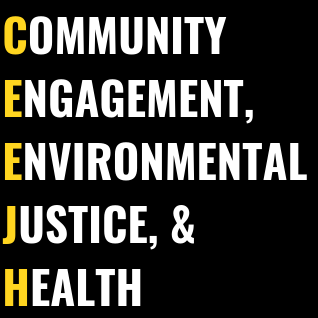Residents of Bladensburg, Maryland, who are predominantly African-American and/or Latino, are faced with environmental hazards because Bladensburg is an industrial corridor with a school bus depot, a trash company, Ernest Maier concrete block plant, other industrial facilities and a high volume of industrial traffic.
Read MoreWe are refining a method for collecting data on social, natural, and built features of urban environments block-by-block.
Read MoreDr. Wilson was a Co-PI of an Environmental Health core at a NIMHD-funded health disparities P20 Center of Excellence at the University of South Carolina led by Dr. Saundra Glover to study and address environmental justice issues and environmental health disparities in the state of South Carolina.
Read MoreThe Environmental Justice (EJ) Radar is a Public Participation Geographic Information Systems (PPGIS) website designed for South Carolina residents to know and share environmental information about the burden of physical and social environmental hazards with linkage to health disparities.
Read MoreBuzzard Point in Washington, DC, is a neighborhood facing the brunt of urban environmental injustice. Through pollution from multiple sources and a lack of environmental amenities, residents have been exploited and drowned out to make way for further development.
Read MoreHigh density industrial hog farming operations present numerous environmental health hazards (including local air and water pollution). In 2001, Dr. Wilson and a team of researchers investigated environmental justice impacts of differential siting of hog concentrated animal feeding operations (CAFOs) near African-American communities in Mississippi.
Read MoreDr. Wilson and CEEJH team members worked with the Socially Responsible Agriculture Project (SRAP), Protecting Our Indian River, and the communities of Sussex County, Delaware to protest the establishment of poultry processing plant in Millsboro, DE.
Read MoreMore than just a seasonal annoyance, mosquitoes represent a disease transmission vector and critical public health threat. This is especially true in urban communities where disinvestment in housing and infrastructure has left an ecological legacy of infestation and other social and environmental hazards.
Read MoreThis National Science Foundation (NSF)-funded research project compares the effectiveness of different interventions, both technical and social, at reducing unhealthy stormwater management processes and feedbacks between the environment and people.
Read More








